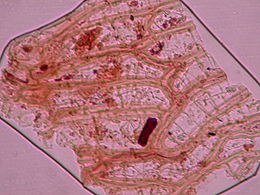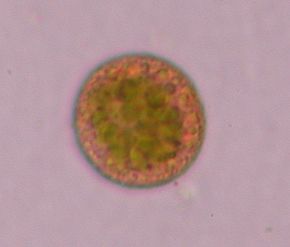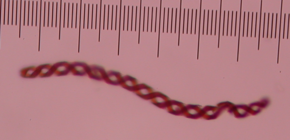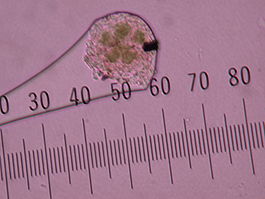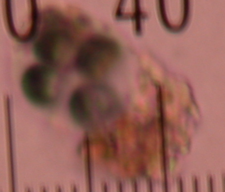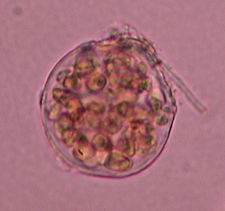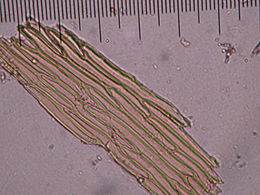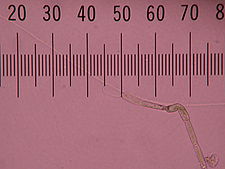Feather Flora of Migratory Shore Birds
Many bryophytes display infraspecific bipolar geographic disjunctions. The northern and southern high latitude regions, where bryophytes are particularly abundant, lack wind connectivity, suggesting that other dispersal vectors must be considered. While migratory birds have been frequently proposed as potential vectors for bipolar dispersal, the evidence remains circumstantial. Our project aims to provide the first evidence for long distance dispersal by migratory birds.
Research Team
Lily Lewis (Ph.D. candidate and project supervisor)
Emily Behling (undergraduate)
A current junior at UConn studying biology.
Hannah Gousse (undergraduate)
A current junior at UConn studying ecology and evolutionary biology.
Emily Qian (undergraduate)
A current senior at UConn studying psychology and molecular and cell biology.
Have you ever wondered what birds take with them as they travel across the globe?




